Mica Powder vs Pigment Powder - Difference & Use With Epoxy Resin
Some people out there consider mica powder and pigment powder the same thing. However, that's not true. Recently, it was noticed that many people need help understanding the difference between mica powder vs pigment powder.

Although both powders can be mixed and used to add colour to resin, soap, and candles, they are not the same. In this blog, we will discuss the difference between Mica powder vs pigment powder.
What is Mica Powder?
Shiny flakes make up the natural stone mineral known as mica. Mica powder is created when mica is pulverized into a fine powder. As a result, mica powders sparkle and resemble very fine glitter. They are utilized to create a metallic or pearly look.
It is generally a silicate mineral in rocks known for its unique and shimmery properties. They come in various hues, which is why it is often used in cosmetic and art industries to add a subtle shimmer or sparkle to the products.
What Is the Best Mica Powder for Resin?
There are a few things to consider when selecting the best mica powder for resin, including the powder's quality, its spectrum of colours, and how well it blends with the resin. For this, you can trust the best mica powder available at VedaOils.

The brand provides high-quality mica powder for various industrial applications, including bath bombs, cosmetic products, and more. The ideal mica powder for your resin project will ultimately depend on your preferences and the specifications of your project. Get the mica powder that works best for you by researching and testing.
What is Pigment Powder?
As we said, pigment powder vs mica powder are different; let's come down to the definition of pigment powder. This powder is ground-up colours that are like powder-coloured chalk. Pigments are the actual colours but in powdered form. Pigment powder is trendy for adding excellent colours to various things.
Pigment powders are available from speciality vendors or internet shops in multiple hues and tints. Usually, they are combined with a liquid or another substance to make paint or dye that can cover a surface. Some pigment powders have distinctive features like fluorescence or phosphorescence, while others may be more opaque.
How to Mix Mica Powder And Pigment Powder With Epoxy Resin?
Mixing mica powder and pigment powder with epoxy resin is very straightforward. Here are some general steps you need to follow.

Step 1: First, Prepare Your Work Area - To avoid spills or stains, spread out a drop cloth or other covering of protection. To protect yourself from toxic substances, wear gloves and a dust mask.
Step 2: Mix The Epoxy Resin - Now mix the epoxy resin and hardener in the proper ratio.
Step 3: Once the resin and hardener are mixed, add the mica powder or pigment powder to the mixture.
Step 4: The amount of powder you add depends on the desired colour and opacity. You can follow a general rule of thumb: add 1-2 teaspoons of powder per 8 ounces of epoxy resin.
Step 5: Mix it thoroughly using a stick into the epoxy resin. Remember to scrape the sides and bottom of the mixing container to ensure all the powder is distributed evenly.
Step 6: Once the powder is mixed, you can test the colour of the epoxy resin by applying a small amount of mixture to the test surface.
Now, you can apply the epoxy resin mixture to your project. Remember to follow the instructions given for application and curing times.
Common Use
Epoxy resin is a versatile substance with many uses, including in furniture, soap, cosmetics, and clay. Following are some common uses of epoxy resin in each of these categories.

With Clay: Pottery, other ceramic items, and clay sculptures can all be sealed and safeguarded with epoxy resin. Epoxy can reinforce or repair broken or damaged components or act as a coating.
With Soap: Moulds for producing soap can be made from epoxy resin. It can be used to create personalized moulds for distinctive forms and designs or several duplicates of a single mould.
With Furniture: Furniture made of wood can have a long-lasting, glossy appearance thanks to epoxy resin. It can be used as a topcoat or to fix and cover up cracks and other flaws in the wood.
With Cosmetics: Epoxy resin can be poisonous and damage the skin, so it is not frequently used in cosmetics. Yet, it can create unique moulds for cosmetic goods like soaps or lipsticks.
Conclusion
So, this was all about the difference between mica powder vs pigment powder. We also discussed how to mix these mica vs pigment powders in epoxy resin and what are some of their common uses.
Now, we hope the confusion about the difference between these two elements will be clear. So, next time someone says that pigment powder vs mica powder are the same things, you can clear them about the difference.
You May Also Like:
Buy Products
-
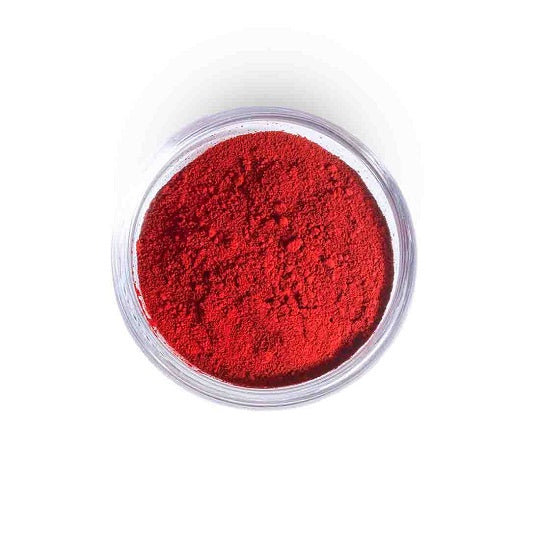 Matte American Red Oxide Pigment Powder
Matte American Red Oxide Pigment Powder -
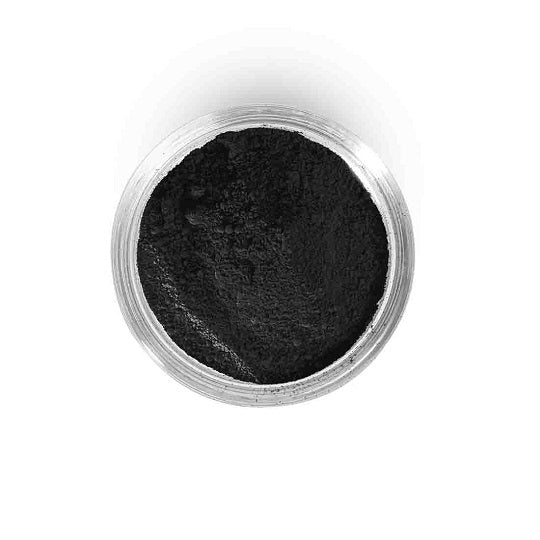 Matte Black Oxide Pigment Powder
Matte Black Oxide Pigment Powder -
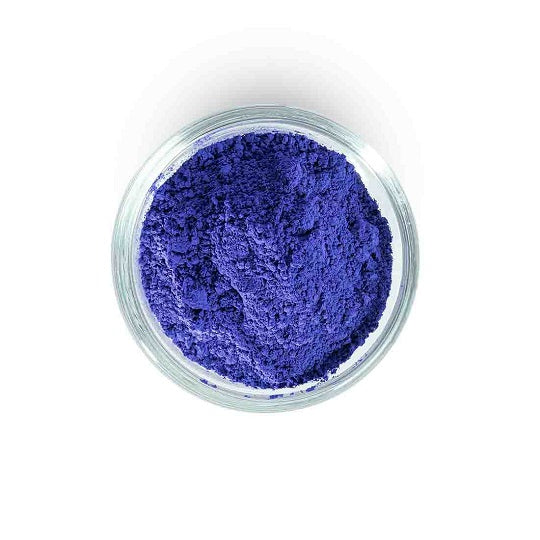 Matte Cobalt Blue Oxide Pigment Powder
Matte Cobalt Blue Oxide Pigment Powder -
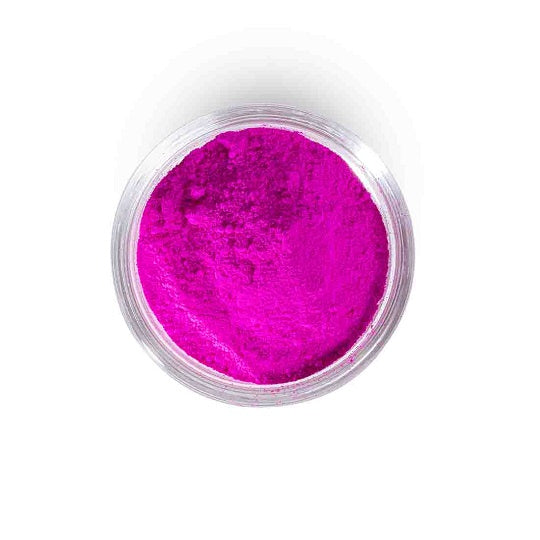 Matte Pink Oxide Pigment Powder
Matte Pink Oxide Pigment Powder -
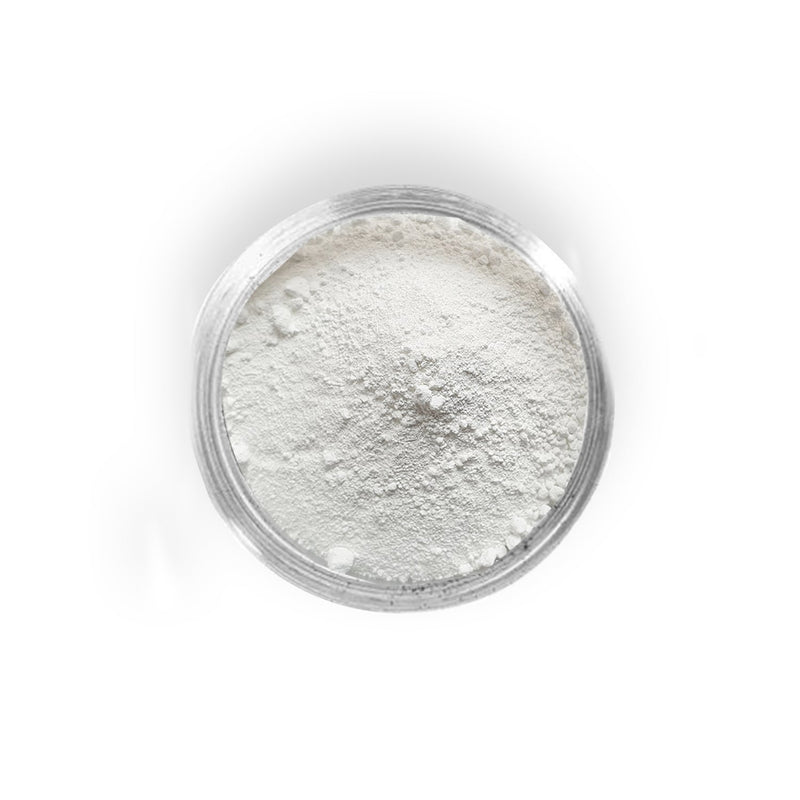 Titanium Dioxide Powder (Matte White Pigment)
Titanium Dioxide Powder (Matte White Pigment)
Related Articles
-
 How to Make Marble Candles | DIY Marble Pillar Candle
How to Make Marble Candles | DIY Marble Pillar Candle -
 DIY Tanning Oil - Best Homemade Recipes For Tan Removal
DIY Tanning Oil - Best Homemade Recipes For Tan Removal -
 Homemade Mustache Wax: Best DIY Recipe With Natural Ingredients
Homemade Mustache Wax: Best DIY Recipe With Natural Ingredients -
 Kojic Acid vs. Glycolic Acid: Which Is Better for Skin Whitening?
Kojic Acid vs. Glycolic Acid: Which Is Better for Skin Whitening? -
 5 Best Grades of Essential Oils - The Grading System
5 Best Grades of Essential Oils - The Grading System -
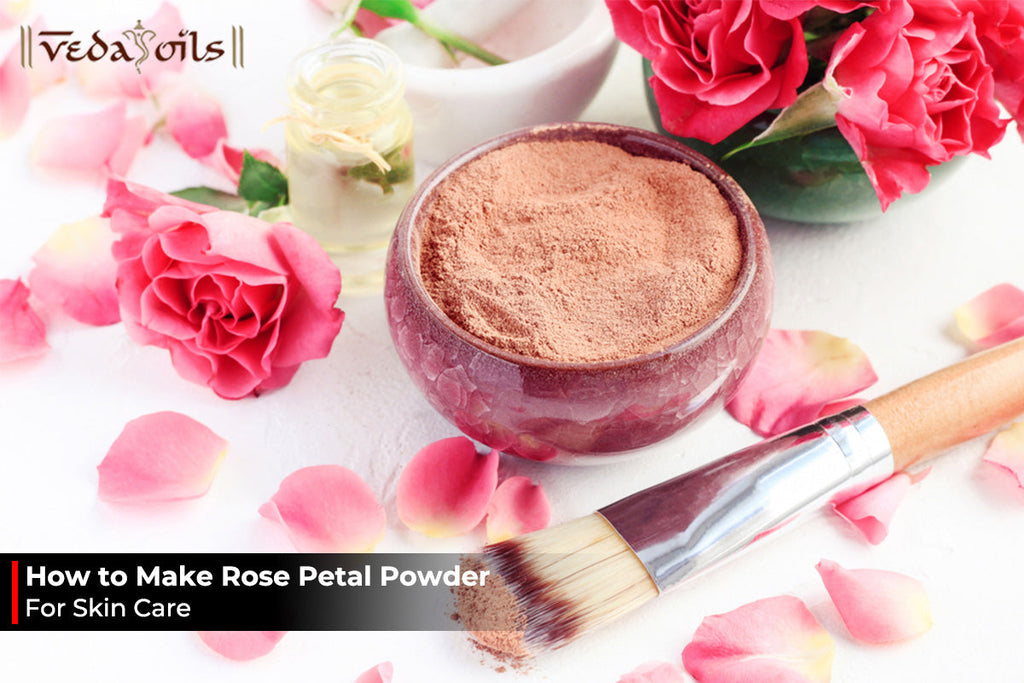 How to Make Rose Petal Powder For Skin Care Homemade Recipe
How to Make Rose Petal Powder For Skin Care Homemade Recipe
Disclaimer :- This article is intended for informational and educational purposes only and should not be considered a substitute for professional medical advice. For specific health concerns or treatment, please consult your personal physician. The article's editor, writer, and VedaOils organization do not assume any responsibility for any health outcomes resulting from the information provided. Readers are strongly encouraged to seek advice from their physician before acting on any recommendations made in these articles.

















 Sign in
Sign in Register now
Register now My Reward Points
My Reward Points









